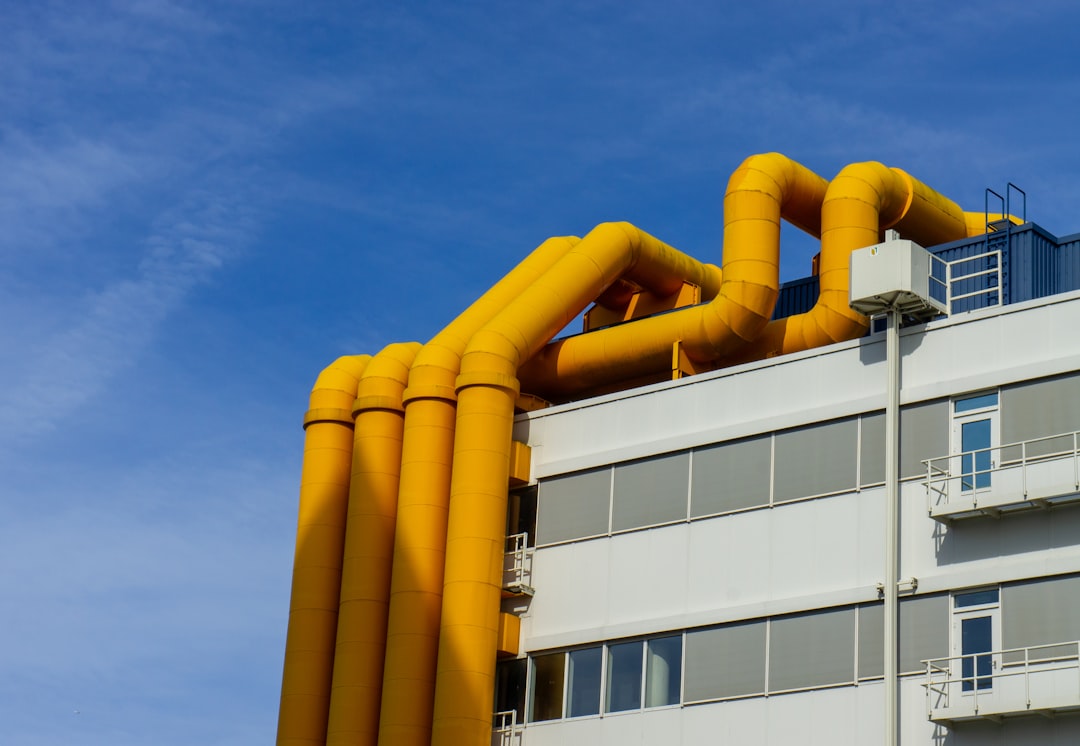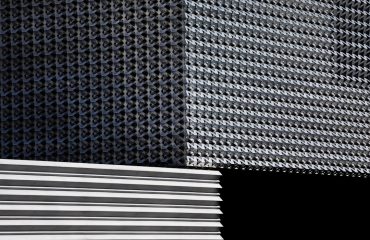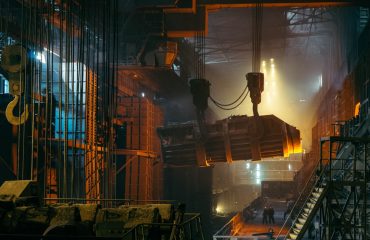Radiographic inspection (RT) is a crucial non-destructive testing (NDT) method used to detect internal flaws in various materials, and its application in pipe inspection is particularly vital for ensuring safety and integrity in numerous industries. From oil and gas pipelines to critical infrastructure, understanding and implementing effective radiographic inspection techniques is paramount. This comprehensive guide will delve into the intricacies of this powerful technique.
Understanding the Principles of Radiographic Pipe Inspection
Radiographic inspection relies on the principle of radiation penetration. A source of ionizing radiation, either X-rays or gamma rays, is directed through the pipe. The radiation passes through the pipe material, with its intensity being affected by the density and thickness of the material. Denser areas, such as welds or material imperfections (e.g., cracks, porosity, inclusions), absorb more radiation, resulting in less radiation reaching the film or detector on the other side. This variation in radiation intensity creates a shadow image, revealing internal flaws that might otherwise be undetectable.
The choice between X-rays and gamma rays depends on factors such as pipe thickness and material. X-rays are generally used for thinner pipes and offer better image resolution, while gamma rays are preferred for thicker pipes and offer greater penetration power. The image produced, whether on film or digitally, is then analyzed by trained personnel to identify and assess the severity of any detected flaws.
Types of Radiographic Techniques Used in Pipe Inspection
Several radiographic techniques are employed for pipe inspection, each tailored to specific situations and pipe geometries. These include:
- Single-wall radiography: This technique examines a single wall of the pipe at a time. It’s suitable for smaller diameter pipes or when focusing on specific weld areas.
- Double-wall radiography: This technique simultaneously inspects both walls of the pipe, providing a comprehensive view of the entire pipe cross-section. It’s particularly useful for larger diameter pipes.
- Panoramic radiography: This technique utilizes a special arrangement of the radiation source and detector to capture a wider area of the pipe in a single exposure. This is efficient for long pipe sections.
- Real-time radiography (RTR): This advanced technique uses digital detectors to provide immediate images, allowing for real-time monitoring and faster inspection processes.
Advantages and Limitations of Radiographic Pipe Inspection
Radiographic inspection offers several advantages, including:
- High sensitivity: RT can detect even small flaws that are often missed by other NDT methods.
- Permanent record: The radiographic image provides a permanent record of the inspection, allowing for future reference and analysis.
- Comprehensive evaluation: It provides a detailed view of internal structures and defects.
- Versatile application: RT can be applied to a wide range of pipe materials and sizes.
However, there are also some limitations:
- Safety concerns: RT involves ionizing radiation, necessitating strict safety precautions and trained personnel.
- Cost and time: RT can be a relatively expensive and time-consuming process compared to other NDT methods.
- Accessibility limitations: Inspection may be challenging in confined spaces or with complex pipe configurations.
- Surface flaws: RT may not effectively detect surface flaws.
Safety Precautions in Radiographic Pipe Inspection
Safety is paramount in radiographic inspection. Strict adherence to safety protocols is essential to minimize radiation exposure to personnel and the environment. This includes:
- Radiation shielding: Proper shielding materials (e.g., lead) must be used to protect personnel from radiation exposure.
- Distance and time: Minimizing time spent near the radiation source and maintaining a safe distance are crucial.
- Personal protective equipment (PPE): Personnel should wear appropriate PPE, including radiation monitoring devices (dosimeters).
- Radiation safety training: All personnel involved in RT must undergo thorough training on radiation safety procedures.
- Regulatory compliance: Strict adherence to all relevant national and international radiation safety regulations is mandatory.
Applications of Radiographic Pipe Inspection Across Industries
Radiographic inspection finds widespread application in numerous industries, including:
- Oil and gas: Inspecting pipelines for welds, corrosion, and other defects to ensure safe and reliable operation.
- Power generation: Inspecting pipes in power plants to detect flaws that could compromise safety and efficiency.
- Chemical processing: Inspecting pipes carrying corrosive chemicals to identify potential leaks or structural weaknesses.
- Construction and infrastructure: Inspecting pipes in buildings, bridges, and other structures to ensure structural integrity.
- Aerospace: Inspecting pipes in aircraft and spacecraft to maintain safety and reliability.
The versatility and accuracy of radiographic inspection make it an indispensable tool in ensuring the safety and longevity of pipe systems across diverse sectors.
Disclaimer: This blog post provides general information about radiographic pipe inspection. Specific procedures and safety regulations may vary depending on location and industry. Always consult relevant regulations and qualified professionals for guidance.




